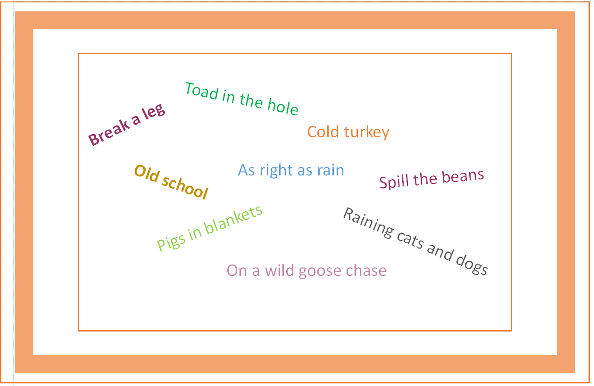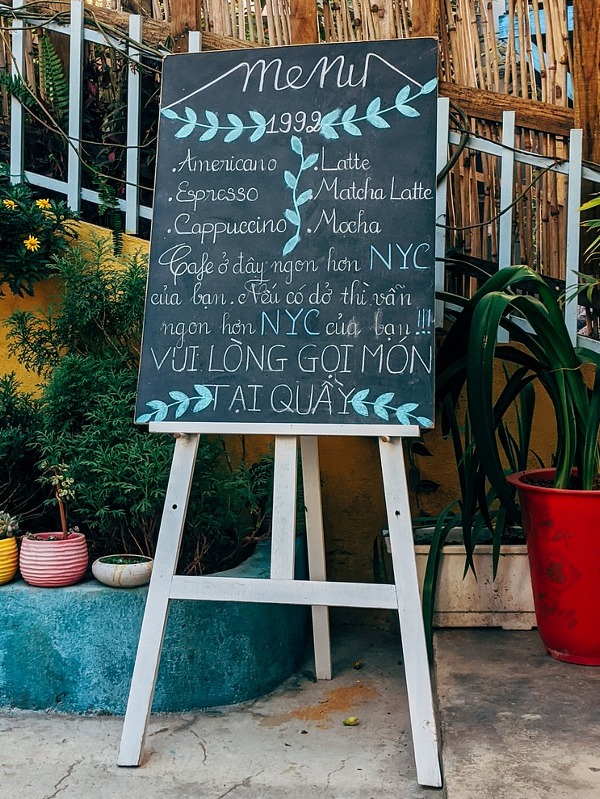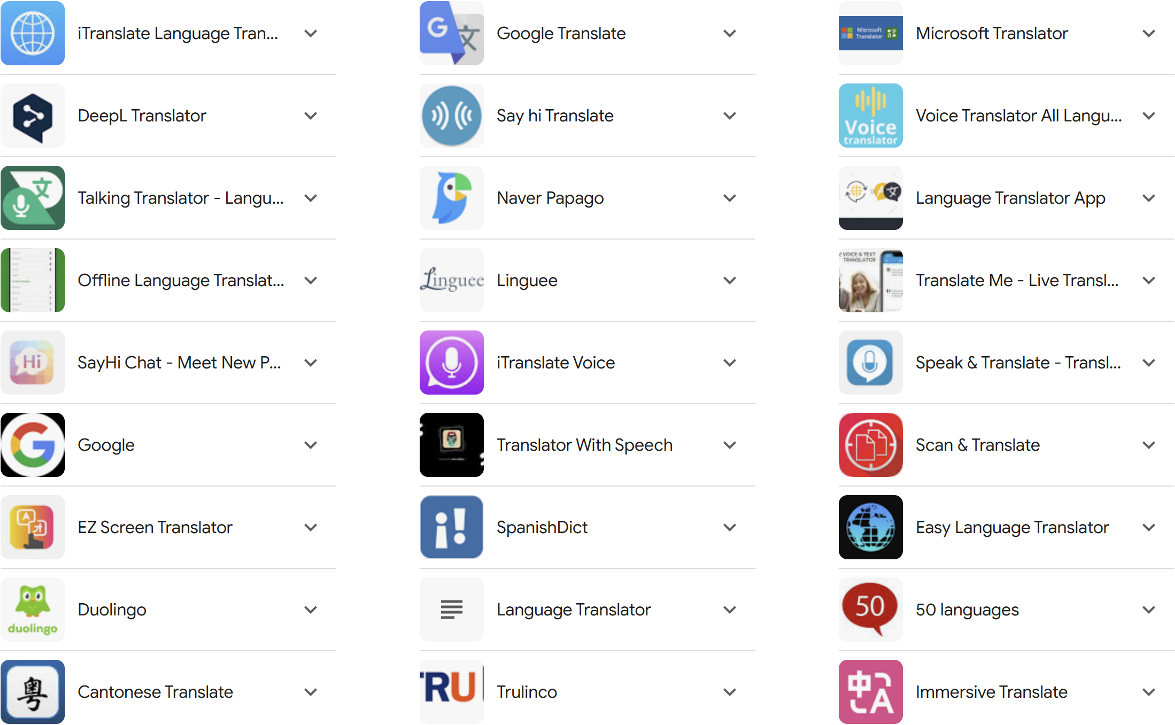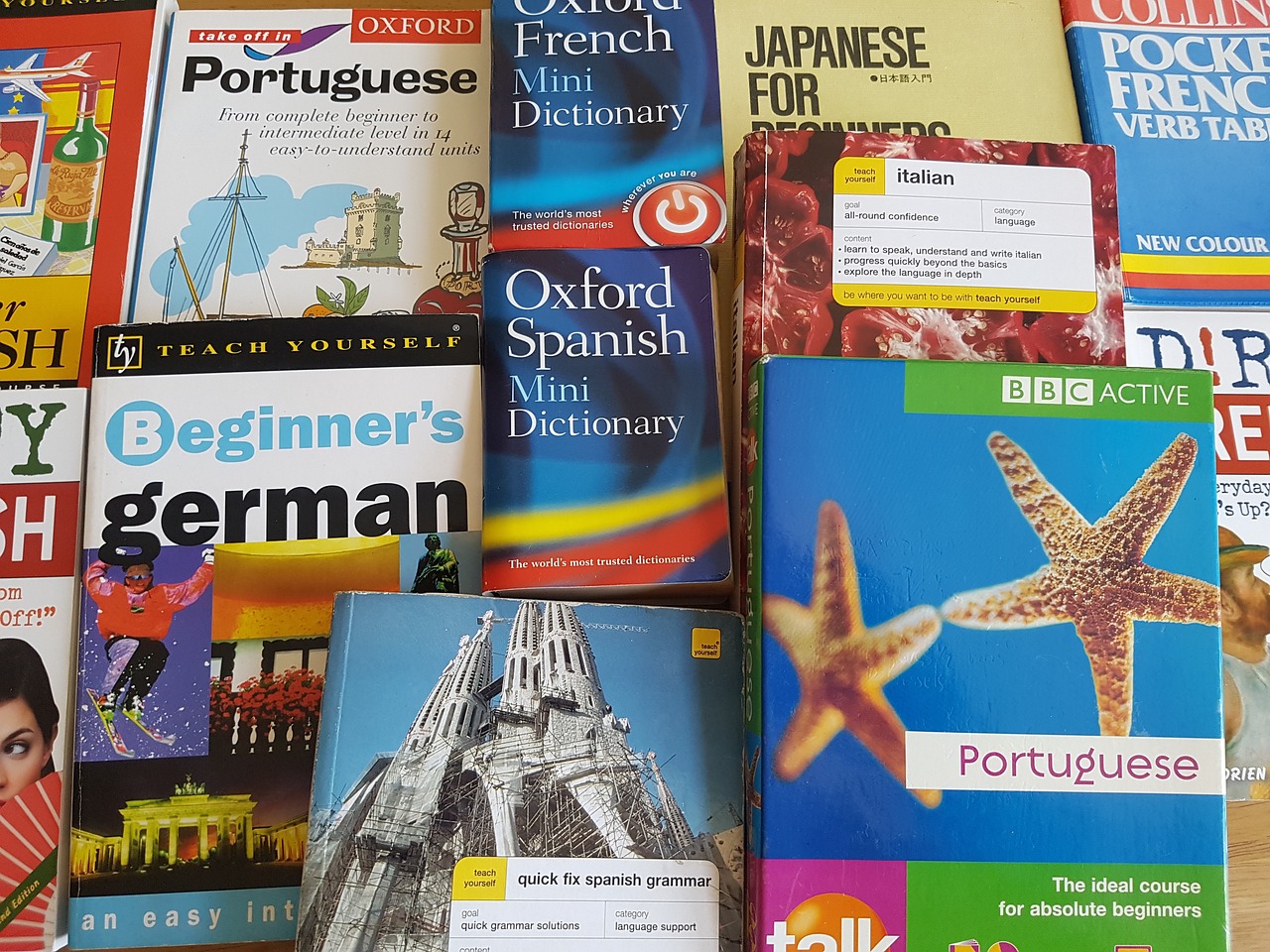Years ago, I wrote an article about translation apps and wasn’t impressed with them. The first public machine translations started in 1992, but translation apps weren’t that helpful even at the end of the decade.
Once, when I was on a flight to South America, all foreigners were given an immigration card to fill out. The form was in Spanish, which I couldn’t read at all. A small group of passengers huddled around a cabin crew member who read out all the questions in English. However, when I returned to my seat, I couldn’t remember most of the questions.
My husband had the brilliant idea of trying a translation App he had just downloaded. It was helpful to a small extent, but the app asked if we were vagabonds. I know the cabin crew lady did not read out that question.
In my article, I said that translation apps would be very good in the future, but we haven’t reached that point yet. At that time, their answers left me confused and somewhat amused.
Why is translating difficult for apps?

There are about 7000 different languages in the world. However, a large portion of these languages are spoken by only a few people, and the number of languages spoken each year decreases.
One problem is that there are many words that can be used to translate each word individually; try translating run, which has about 647 different meanings. You can run a business, get a run in your tights, go for a run, etc. You must understand the context to know which meaning is correct. This makes it difficult to use a dictionary-type translation with any accuracy.
Another difficulty is that many cultural references, phrases, and expressions don’t have a direct translation. You aren’t meant to take idioms literally. For example, we know if something costs an arm and leg, we mean it costs a lot.
There are also words unique to that country, and no easy phrase or word can translate their meaning. For example, in Indonesia, the word Jayus means something so bad that it is good, maybe a joke or a cringing film. There is no English word for this.
Are translation apps any good?
Translation apps have improved vastly over the last few years and will continue improving, especially as AI improves.
They are not perfect, but they were tremendously helpful on our recent holiday in China. Our flight was cancelled several times due to a tornado, and we were in a remote area where foreign tourists were a bit scarce and English was not widely spoken. At the airport, we spent hours writing messages on our phone, which were translated into simple Chinese. We showed them to a customer service staff member, and she would write a reply or message on her phone app and show us. We rebooked flights twice and successfully explained our problem with the translation app.
Although we never had any problems with the translation app when rebooking our flights, at other times, it couldn’t always translate successfully. Normally, it was when we tried to get it to translate something written, and it just produced nonsense.
I would not use a translation app to translate anything legal, as it is unreliable. I would also be careful when using the app for business, as you usually can’t afford to make mistakes.
You must sign a customs declaration, which is a legal document. If it doesn’t have an English translation, I usually add “I cannot read this language” next to my signature. This doesn’t mean you will be able to get away with bringing illegal goods into the country, but they might be more understanding that you didn’t deliberately lie on the form.
Menus

Translating menus is one of the most common reasons for using the app, but it often involves mistakes. That is because dishes often have local names without a foreign equivalent. Imagine what a foreigner would get if he tried translating beef Wellington: Would it be “cow with boots”?
However, you can usually work out what type of meat or vegetables are in the dish, whether it is a main course or side dish, or whether you are ordering off the lunch or dinner menu.
If you have a severe allergy to a particular food, do not use a translation app to check for that ingredient. Get a note with your allergy written in the local language to show the restaurant staff. Find someone who speaks both languages to write it for you, maybe a hotel staff member. Some countries only list the main ingredients, so even if the app translates perfectly, you may still be served food you’re allergic to.
Italian menus are reported to translate very accurately into English. I wonder if we find it easier to understand as many Italian words for different foods have become part of the English language.
What can the apps do?

Apps can use your phone camera to look at signs, menus, and timetables and translate them. This would have been handy for us when my husband once read the wrong part of the timetable in France. He never learnt French at school and didn’t realise he was reading the weekday timetable, not the weekend. We nearly missed our plane.
Typeface writing is easier for apps to understand, but some can cope with clear handwriting.
You can speak to your app, which will repeat in the desired language. In theory, you can then converse with someone who doesn’t speak the same language. However, this can be less reliable. The app has to understand two people who might have heavy accents.
Talking to the app is helpful for short sentences, e.g., when you want to ask how much something is. It’s quick, and shopkeepers often show you the answer by typing it on their calculator.
It is also helpful in areas with many illiterate people, which often coincides with poorer areas that don’t attract many foreigners or people who understand English. It would also have been helpful when we got into a taxi and showed him our address in the local language, but he didn’t have his glasses.
Writing what you want to be translated on the app gives the most accurate results, but it can be time-consuming. It was worth it when a train ticket person kept trying to sell us another sleeper train ticket when we had already booked and paid for three tickets.
Translation apps can also detect which language is being used. This is useful in a country with multiple languages. It’s not always perfect because the same word can be found in different languages, so it works better with sentences rather than the odd word.
Sometimes, you can download language files for the country you are visiting to perform translations when you are offline. If we hadn’t downloaded the translation app in China, we would never have been able to use it. We used the Google app, and the Chinese don’t allow the app to be used via the internet in China.
When you need the app the most, you often have no internet. This is because remote areas don’t have good internet connections or many tourists, so most things are only in the local language.
If you can download the app before your holiday, do so. This way, you won’t have to worry about high costs or slow internet connections when using it.
Which translation app to use?

There are over a dozen translation apps, both for Android and iOS. I have been using Google Translate, which a recent Which report recommended as having a large selection of languages and ‘getting the gist of conversation across’.
Another App that did well in the report was Deepl. Although it covers fewer countries than Google, the report was impressed with its translation of colloquial language.
The other translation apps weren’t as accurate or only had a few countries.
When choosing an app, check which countries it covers, whether you can use the app offline, whether it has a conversation mode (Deepl doesn’t), and whether it has a low limit on how many characters it can recognise in one go. Deepl’s limit means you can’t translate long texts offline; however, if you are trying to read a long menu, you may be able to read it in small sections.
You can always test an app before travelling by looking at some websites from the country you are visiting and seeing how well the app works.
Even the best apps sometimes leave you no wiser after translation. They will, for example, try to translate people’s or places’ names, but even a little bit of translation can give you more clues to work from.
Summary
Translation apps have improved, so they can now make a big difference to your holiday. They can make things easier and allow you to travel to places you would only have previously gone with a guide.
I have always been surprised at how much I could indicate with gestures and understand others even though I didn’t speak a single word of the language. Translation apps have replaced this special skill, and to be honest, they have now reached a point where they are usually more accurate than my pantomime.
They will improve even more in the next decade, and we will probably look back with fond memories of the ridiculous words the apps suggested in the past.
We will no longer have to be taken into a restaurant kitchen to choose which food we want or look at other people’s plates and mimic our desire.
The great news about translation apps is the best ones are all free. What can be better than that?
Bon voyage
.

Leave a Reply